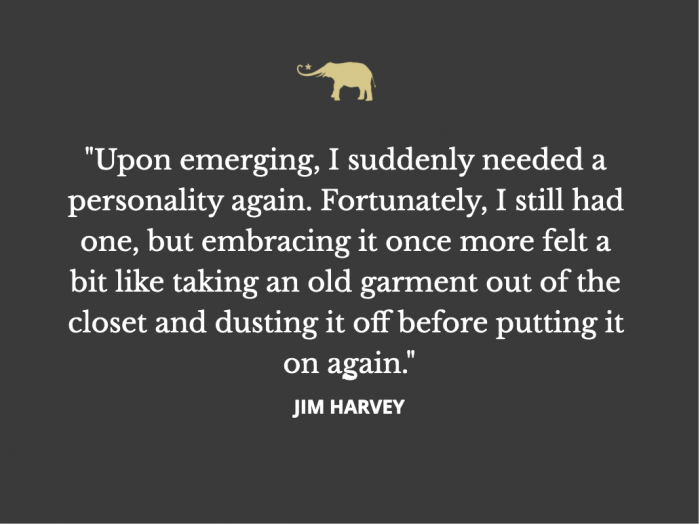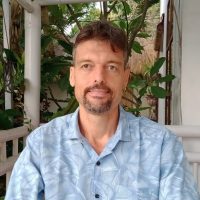View this post on Instagram
In 1962, two young Indians in their mid-20s left their native land, India, and headed for Pakistan.
They traveled on foot and were setting out on no less than a peace walk around the globe, intending to pass through the four nuclear capitals of the world.
Here, they planned to offer a packet of “peace tea” to each of the world leaders of the time. They carried no money and would remain vegetarian for the entirety of their trip.
Their adventure was to be both a statement in favor of denuclearization and an exercise in connection to others. It was also to be an experiment in trust in humanity and faith in providence.
One of the peace walkers was Satish Kumar, a man whose life had already been remarkable.
At the age of nine, of his own accord, he had chosen to become a Jain monk, and at the age of 18, he had decided to leave the monkhood and follow Vinoba Bhave, a disciple of Gandhi and an advocate for peace. Going penniless and staying vegetarian were Bhave’s two gifts to the young men.
Of the many books that Satish Kumar has written, one is entitled, You Are Therefore I Am: A Declaration of Dependence, and before I had even opened it, the title alone had stopped me in my tracks.
Prior to this, I had just spent about a year living in the countryside in relative isolation, doing solitary work. During this time, I had to a great extent forgotten what it was like to be perceived in the eyes of others. When this period ended and I found myself once again among people, mingling, I suddenly became “someone” once again, and not someone in the sense of a celebrity, no. I was simply an entity whom people related to.
Upon emerging, I suddenly needed a personality again. Fortunately, I still had one, but embracing it once more felt a bit like taking an old garment out of the closet and dusting it off before putting it on again. It was a renewed reminder that who I am is defined by the reflection I see in the eyes of another. Without this duality of self and others, would I experience myself as a person at all?
If this sounds a little too esoteric, allow me to refer to the writer Neill Ansell who spent five years living isolated and alone in a remote cottage in the Welsh hills with no electricity, no running water, and not a single living soul within a 20-mile radius. He writes:
“During my years in the hills, I kept a journal. For the first year, it is a conventional diary; places I had gone, things I had done. By the second year, it is little more than a nature journal; what birds I had seen that day, perhaps some notes on the weather. By the third year, it is no more than an almanac, marking the turn of the seasons by the comings and goings of migrant birds and their nesting dates, interspersed by the occasional detailed depiction of a moment, perhaps the flight of a single bird. I am an absence, a void, I have disappeared from my own story.”
When I read this, I was absolutely fascinated. Although I, too, have felt myself grow less solid, less of a discreet entity, in periods of seclusion, my experience had never gone that far. But I was also reminded of a conversation with a friend in Northern Thailand many years ago. We were discussing a highly revered Buddhist teacher, Ajarn T. This elderly teacher had spent decades meditating alone in his hut and was held in the greatest esteem as having attained the highest level of realization. But from my immature perspective, he did not seem such a special figure.
“I don’t think I like Ajarn T much,” I told my friend. He paused for a while, looked at me, then smiled and said, “That’s normal. There’s nothing to like!” His words struck me with the force of a revelation. In Ajarn T, there was no person, no character—in the normal sense of the word—that was left to like or dislike.
In Eckart Tolle’s words, the essence of who we truly are is “beyond name and form,” independent of any characteristic that outwardly defines us. In As You Like It, Shakespeare has a character who says, “All the world’s a stage, and all the men and women merely players,” but the analogy of actors on a stage is only valid if the actor remembers his or her deeper identity once the curtain falls. The “story of me,” even if it were true on a relative level, does not ring true, I think, for many of us because deep inside, we know this.
I am convinced Satish Kumar had grasped all this, of course. But he understood, too, that as people in society and in the world, we cannot live independently of others, partly, of course, because humans are social animals.
Connection is essential to mental health and physical well-being. There is joy in sharing and in togetherness which nourishes our being.
I once saw a fairly plain ceramic piece which was just a circle of simple figures holding hands entitled, “Circle of Friends.” It was powerful and touched me deeply. And, as Kumar must have learned on his long walk, we rely on others, on society, and on the goods and services they provide for our subsistence and livelihoods.
Doubtless, we each also have a role to play that, in both seen and unseen ways, will affect the lives of others, in the same way, they will affect ours.
In the title of his book, I think Satish was referring to all levels of this interconnectedness and interdependence.
And so, I would like to end with these words: “You are therefore I am: let us rejoice in the connection.”











Read 2 comments and reply